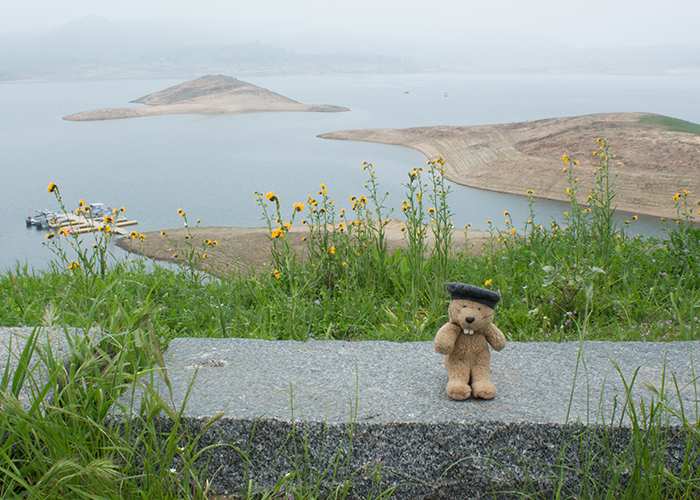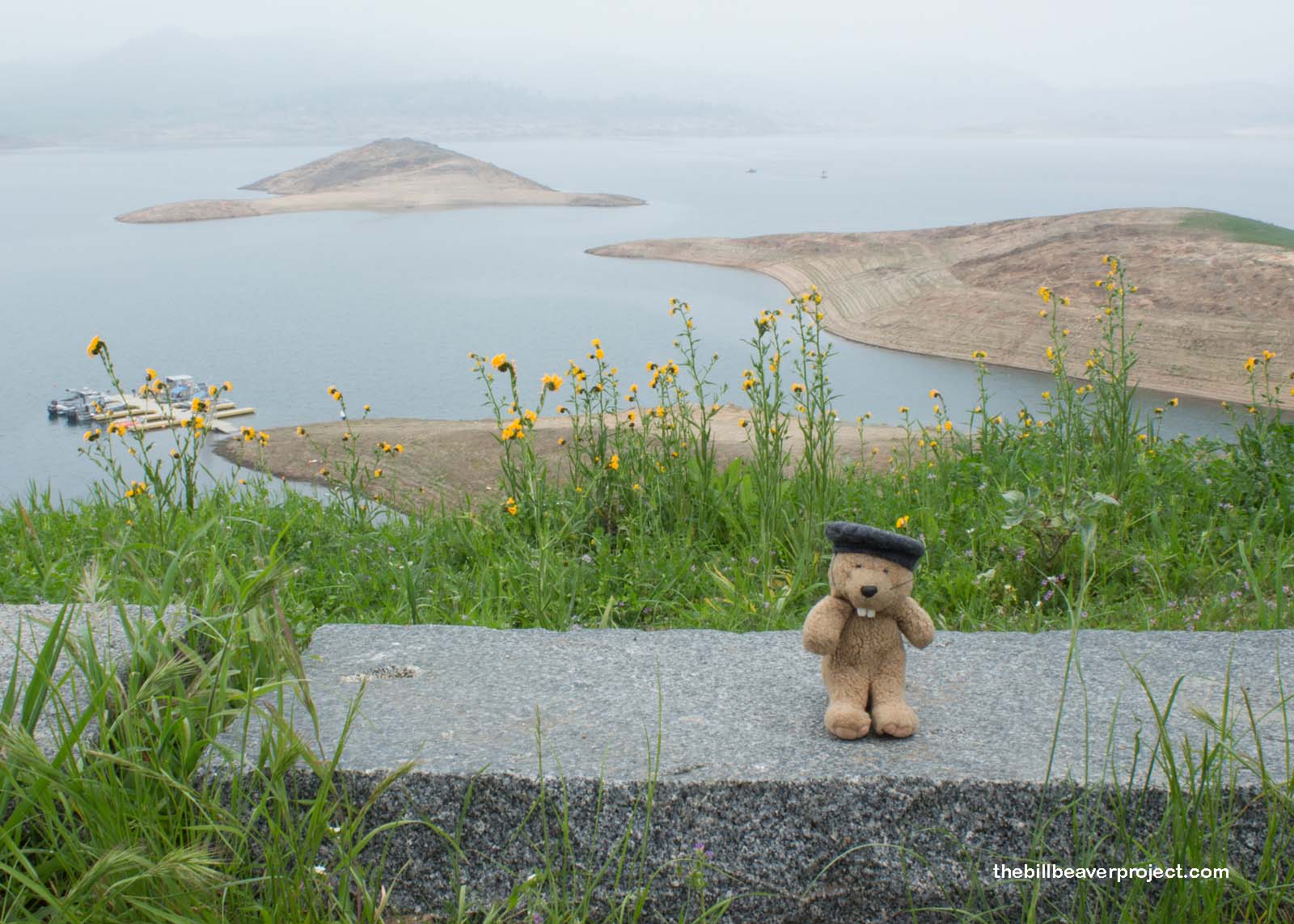 Millerton Lake, Fresno County February 2015 |
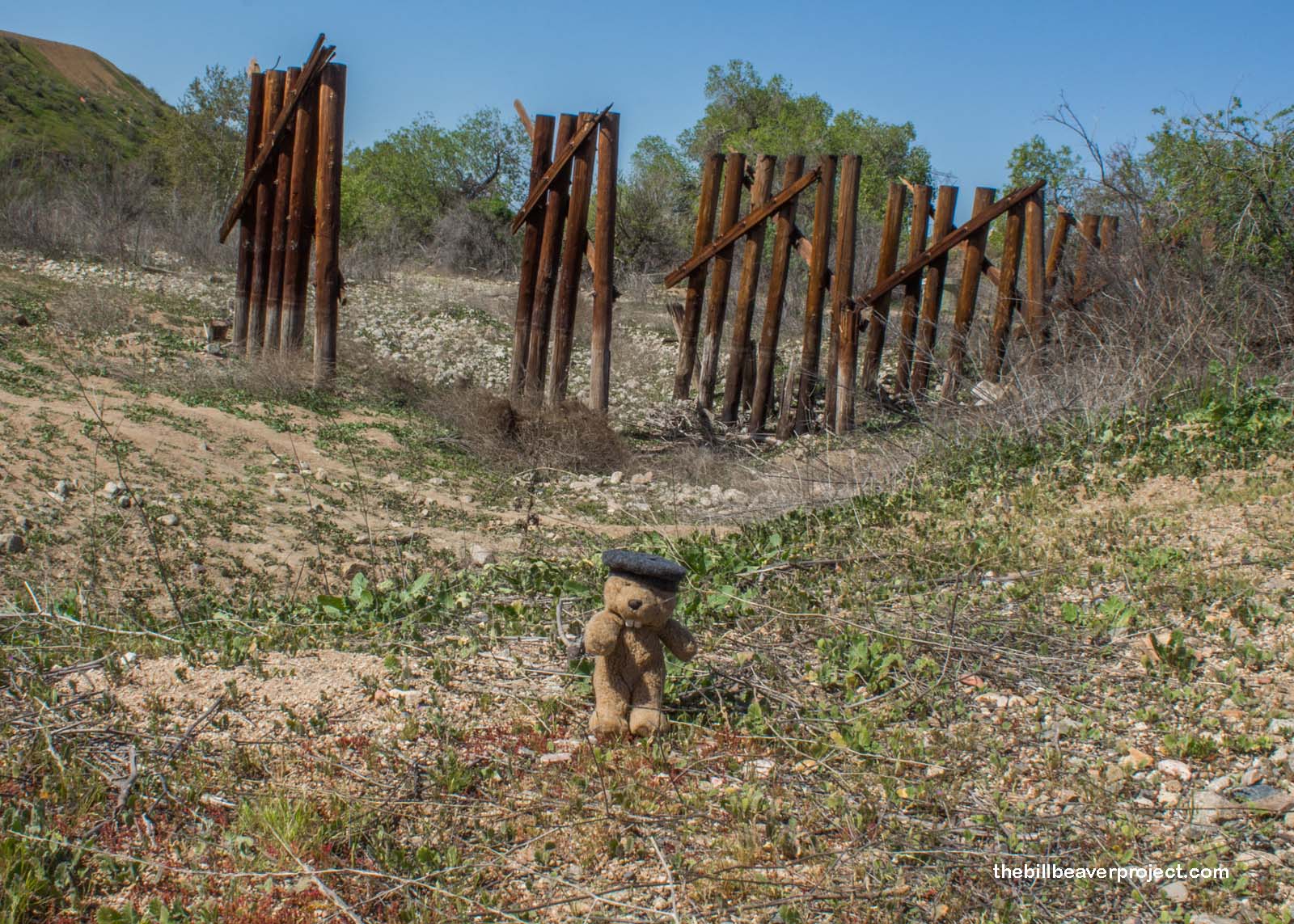 Dry Creek, Riverside County March 2015 |
California started to dry up in 2011, thanks to a large, sluggish high-pressure system that keeps clouds from forming. There is a whole lot of debate over whether this is a natural drought or one fueled by climate change. The latter side takes into account that 2014 was California’s hottest year on record, but that record only goes back 120 years!
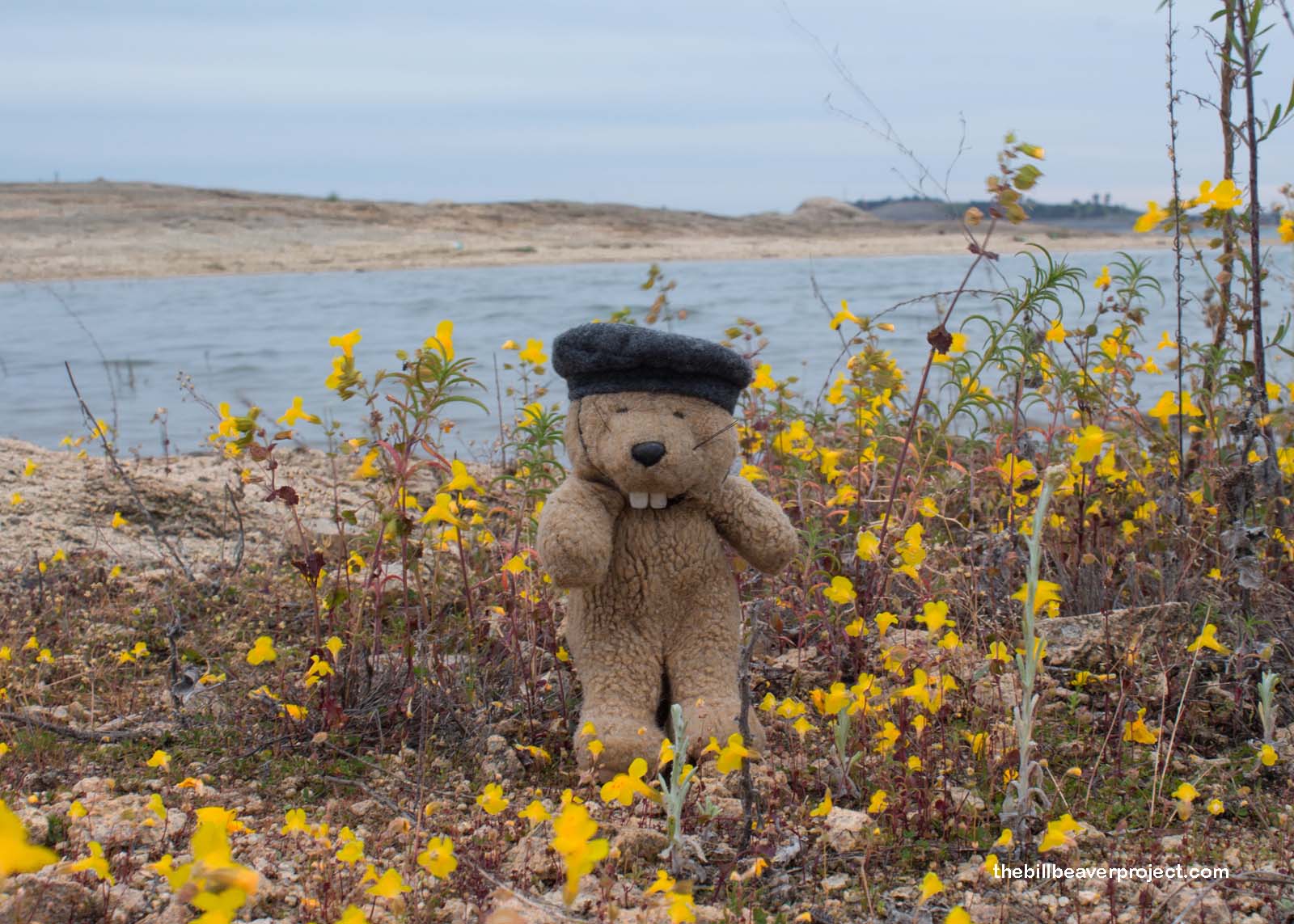 Folsom Lake, Placer County April 2015 |
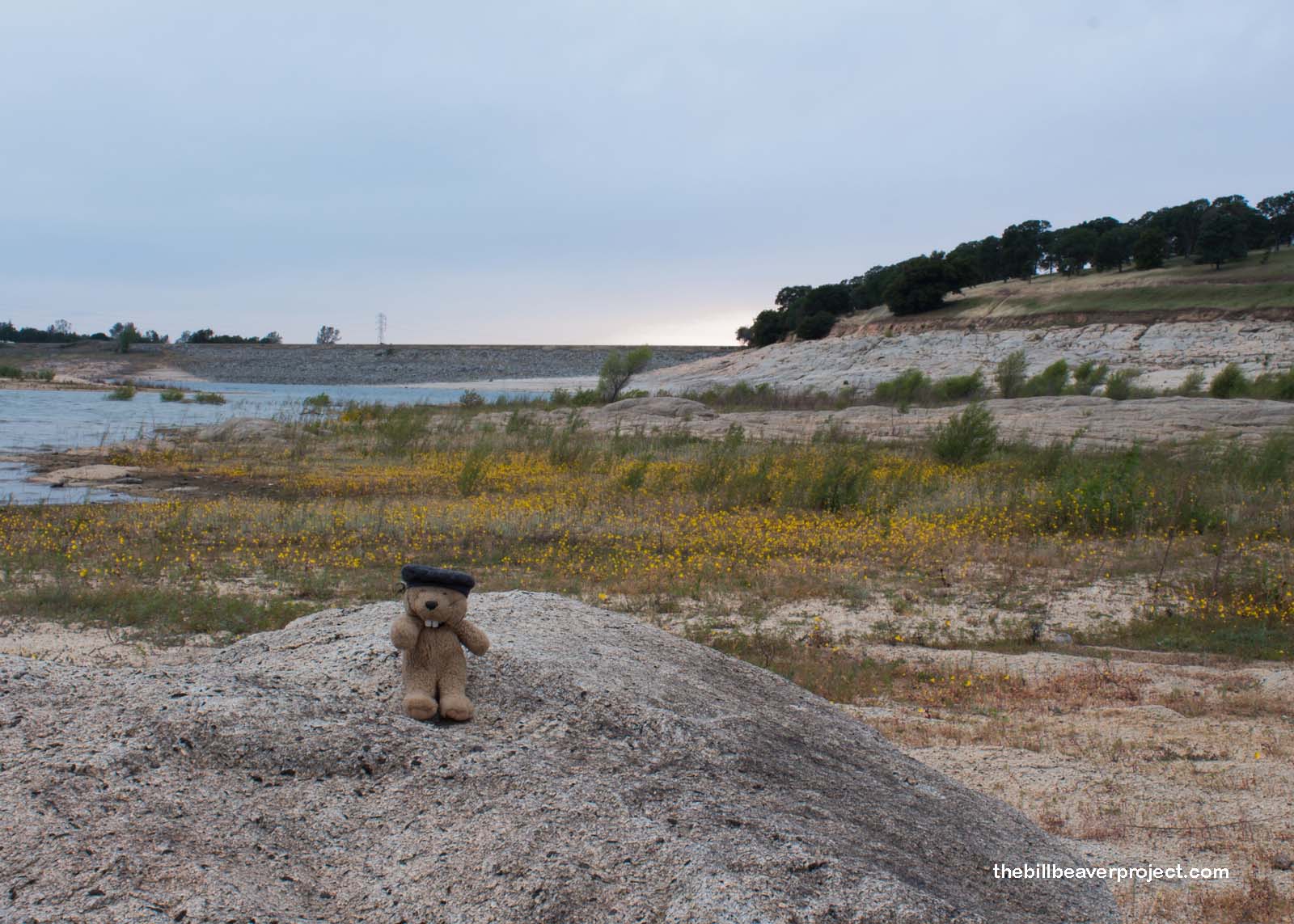 Folsom Lake, Placer County April 2015 |
Regardless of what’s causing it, this drought is serious business! A survey on April 8, 2015, found that the Sierra Nevada Mountains had only 8% of their usual snowpack! That’s really dangerous because that snowpack feeds the Sacramento and San Joaquin Rivers, which feed agriculture in California’s rich San Joaquin Valley. Even though agriculture makes up only 2% of California’s economy, the industry consumes 80% of the state’s water resources! That’s because California produces most of the nation’s (deep breath) almonds, apricots, dates, figs, kiwis, nectarines, olives, pistachios, prunes, walnuts, avocados, grapes, lemons, melons, peaches, plums, strawberries, lettuce, tomatoes, and milk!
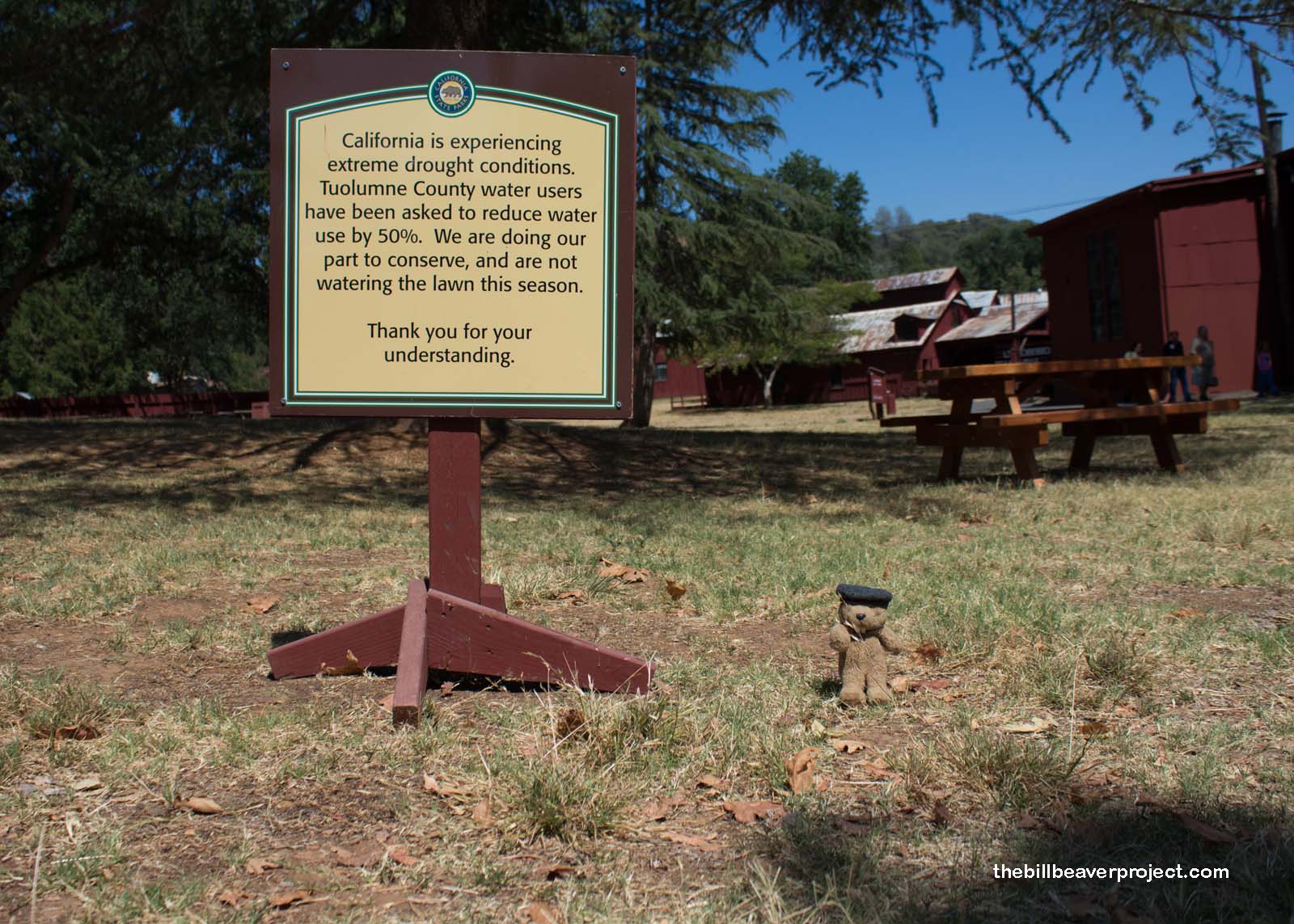 Jamestown, Tuolumne County June 2015 |
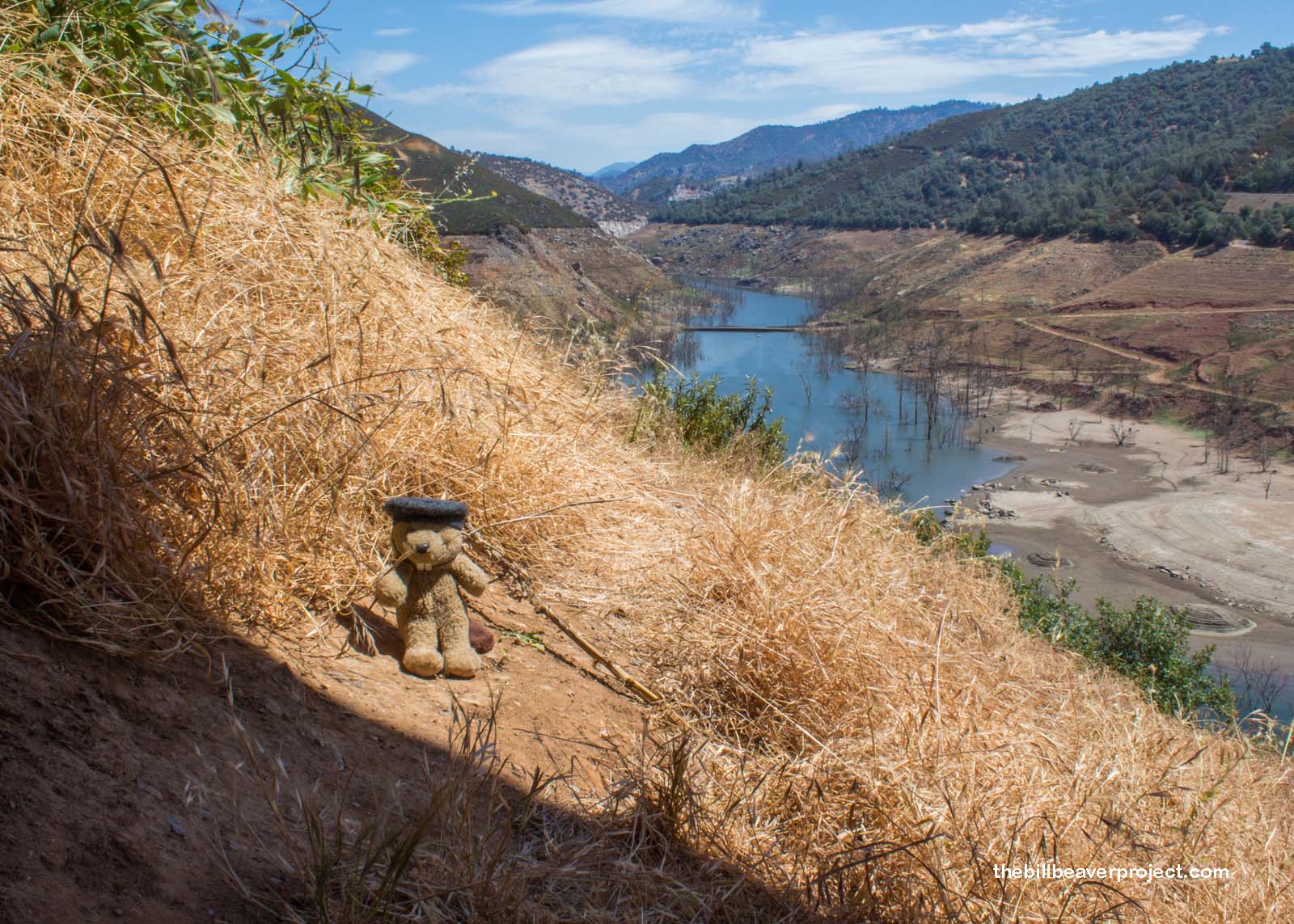 New Melones Reservoir, Calaveras County June 2015 |
To account for all of this, and hopefully to keep the San Joaquin Valley from totally draining their groundwater, Governor Jerry Brown initiated the first statewide water rationing program in California’s history! Skipping over the agricultural sector, water bottling companies, and companies that drill for oil with lots of toxic water (fracking), he set a new precedent that private citizens could not water their lawns at certain times of day or take excessively long showers, that residents with pools could no longer refill them, and that restaurants could not give out water by default (it had to be requested). He also instituted tax breaks for anyone who added water-conserving appliances to their homes and tore out their lawns in favor of native plants!
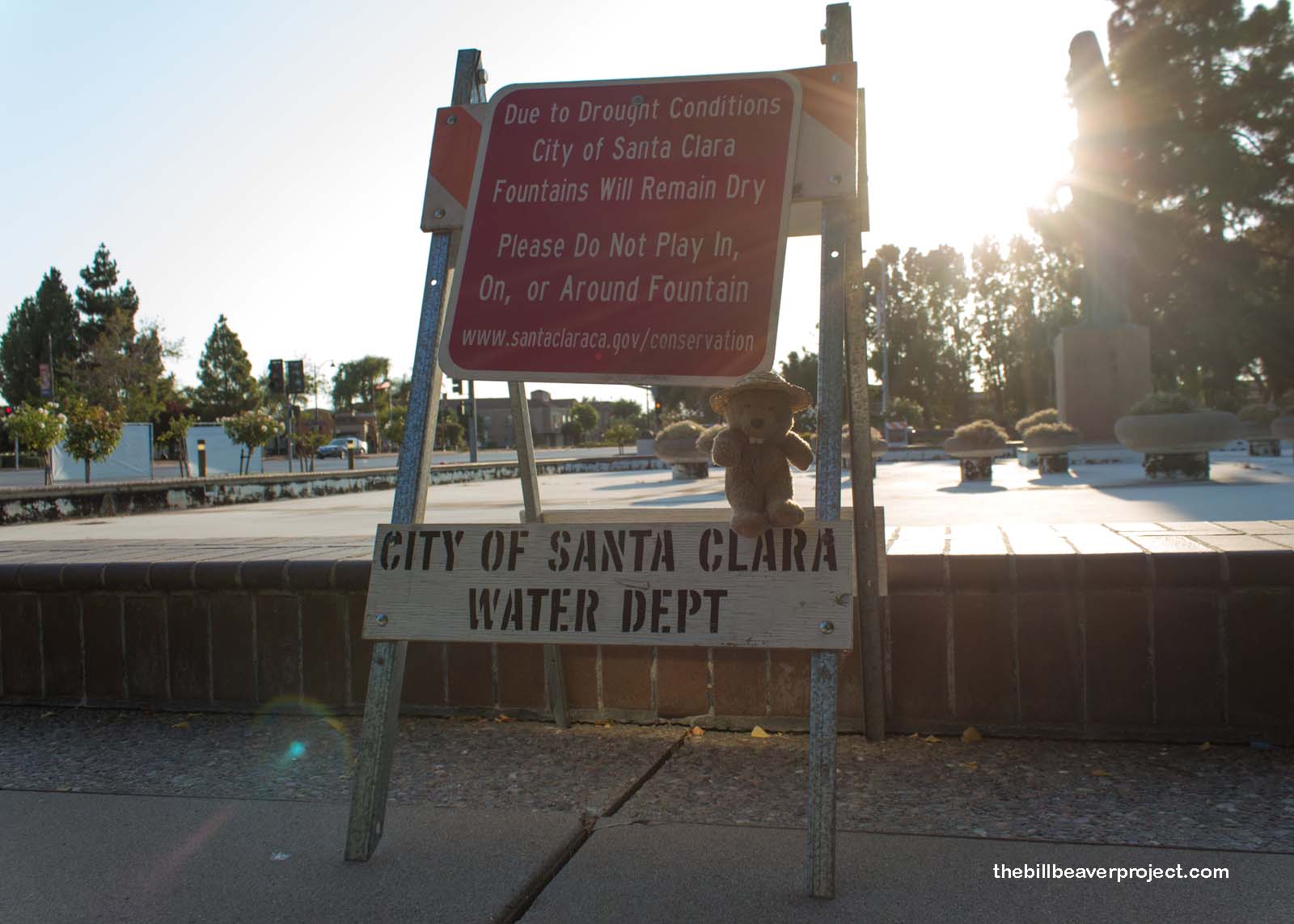 Santa Clara, Santa Clara County August 2016 |
While this is probably not the most effective approach to surviving the drought, it’s still important to limit your own water use. Short showers are great! Carpooling saves gas, which saves water, as does parking in the shade on hot days! Native grasses, cacti, and even strawberries can be colorful and drought-friendly replacements for grass! If we all do our part, we just might pull through this drought, which the folks at NASA, Cornell, and Columbia Universities predict could last as long as 30 years!
